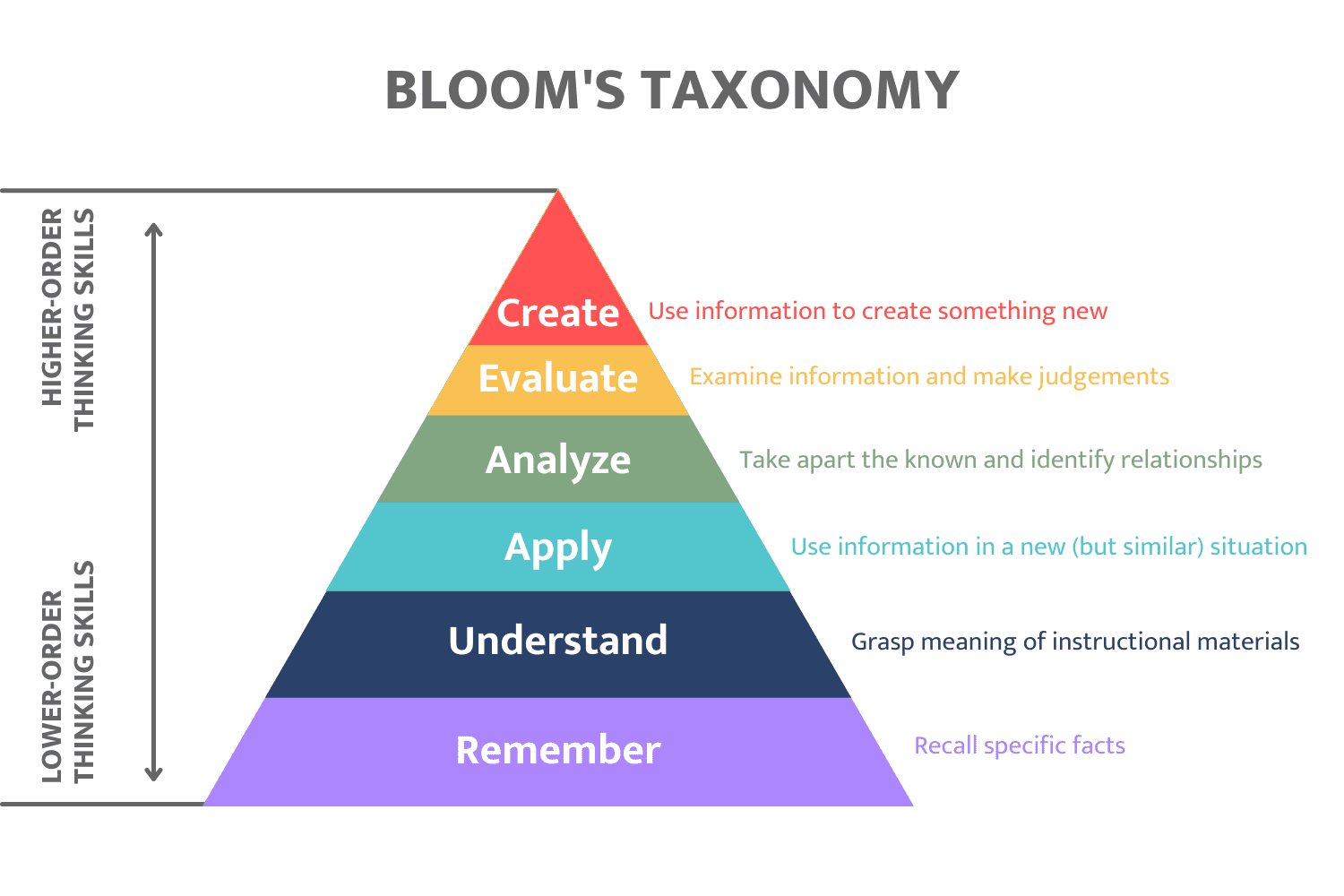Why Active and Collaborative Learning Should be in the First Year Experience
Written by: Torsor Kotee, Kasey Woo, and Brianna Blair
College grads that can demonstrate their ability to think critically and work in teams effectively are highly desired in the job market. Given that employers are recruiting much earlier in the undergraduate experience, Introductory to Business (ITB) courses play a critical role in building these career-ready skills on day 1.
Designing and implementing a curriculum that can nurture and assess these skills can be challenging for large intro courses with limited budgets. In this article, we’ll make the case of how critical thinking and teamwork skills can be nurtured and assessed through an active and collaborative learning environment. This type of learning environment will not only help professors increase their course impact while reducing their workload but also will build a stronger sense of belonging and community for first-year students.
Building Critical Thinking Skills
Higher-processing cognitive skills like critical thinking are increasingly important in today's data-driven world. The demand for higher cognitive skills such as critical thinking is said to increase 19% by 2030 in the United States. As important as critical thinking is for modern business activities, it is a mental habit that students entering college are not accustomed to thinking that way. Unlike in high school, the real world is filled with solving problems with no right answers.
The challenge for undergraduate business programs is how best to design a curriculum that builds and assesses critical thinking skills, particularly for large intro courses. These courses are heavily lecture-based driven partly by first-year students’ reluctance to share their opinions in a large class setting. Lecture-style teaching contributes to “mind-wandering”, in which a Harvard study found that an increase in mind-wandering during lectures was associated with poorer performance. Lastly, large intro courses tend to use traditional multiple-choice exams as the key measure in assessing students’ learning due to being overwhelmed by the sheer volume of students. These types of tests tend to fall in the lower levels of Bloom’s taxonomy (e.g “remembering”, “understand”).
The direct opposite of passively consuming information during lectures is active learning. A Harvard study published in the National Academy of Sciences found that students learned more when taking part in classrooms that employed “active-learning strategies”. Over a dozen Harvard courses have implemented active learning, and all have found that their course evaluations have gone up! Another study analyzed the impact of active learning on students' critical thinking in a large undergraduate general science course.
Professors found that the three active learning strategies they employed (small group learning with authentic science-related problems, scaffolding, and individual writing) all helped to improve students’ critical thinking in the context of authentic problem-solving. Incorporating this type of learning into large intro courses would help nurture critical thinking skills. It does not require professors to abandon valuable instruction methods they have used for years or spend extra time at the office. It mainly involves integrating new tools and practices into the syllabus that can amplify the course’s impact and even decrease professors’ workload.
We believe the most impactful way to incorporate active learning in large intro courses is by leveraging technology. For example, having first-year students play a fun, active, and collaborative online learning exercise prior to class, can deliver insights to professors, drive engagement with students, and spark rich in-class discussions for all. Even shifting more of the lectures online would allow professors to deploy a variety of digital tools that would help nurture and assess critical thinking skills. This would also increase access for more students to enroll in these career readiness courses and if executed at scale, could eventually drive down the costs for your students while improving the financial well-being of your program.
Related articles:
Building Teamwork Skills
“Tell me about a time you worked on a team.”
Campus Recruiters
In addition to building critical thinking skills, students need to strengthen their interpersonal skills. A study conducted on behalf of the Association of American Colleges and Universities (AACU) showed that 83% of employers believe that the ability to work effectively with teammates is an important college learning outcome. In the same study, 96% of the employers surveyed agree that all students, regardless of major, should know how to solve problems with people from diverse backgrounds with differing beliefs, work ethics, priorities, and communication styles.
Nurturing and assessing these skills should start for students on day 1. The challenge for programs is how best to incorporate and more importantly, assess these skills into large intro courses. Collaborative learning strategies such as project-based learning activities where students work in teams (e.g. case studies, business plan proposals, business simulations) can be highly effective in building teamwork skills. To enhance students’ ability to work effectively in teams, it is essential to enable students to identify their shortcomings and promote improvements. One way that could be achieved is by encouraging students to provide peer assessments to each other for large group projects or small in-class exercises. Another way is through investing as much time and resources as possible toward providing thoughtful feedback to students’ subjective assignments.
Assessing teamwork skills in large intro courses, however, is no easy feat even with the use of traditional peer assessments. It can be extremely taxing for professors to manage the team dynamics and assess teamwork skills when there are 40 to upwards of 200 teams concurrently executing the class project. Given time constraints, professors should leverage technology to significantly increase abilities to support their students’ development.
Building A Sense of Community
Many first-year undergraduate students struggle to make connections with other students in large intro courses. Courses that are primarily lecture-driven, where there is little or no interaction between students and is the professor lecturing over the material, induces low levels of engagement between peers. Oftentimes, students are not going to make the effort to talk with someone unless pushed to do so, resulting in feeling isolated in a large intro course. This pushes the need for a collaborative learning space, where students often work in teams on an exercise. These learning experiences not only help strengthen community but also help first-year students cultivate relationships and networks that could support their development through their college and career journey.
Collaborative learning is not just beneficial for students. It can also help professors decrease their workload. It creates an environment where students can learn from each other and as a result, less likely to reach out to the professor for help with small problems when they have the built-in support of their peers.
In closure, business programs, particularly professors, need better tools to help their students learn. Automation has accelerated the need for students to build higher-order thinking skills that go beyond the textbook. The value of simply being book smart has declined, and the efficacy of textbooks in preparing students for the real world has also naturally declined.
Just as businesses are adapting to changes in these uncertain times, the time has come for professors and programs to leverage new tools (e.g. active and collaborative digital tools) to help nurture the market’s new demand for skills like critical thinking and collaboration at scale.





